Home>Ideas and Tips>Indoor Miniature Fruit Tree Care: Grow Citrus in Small Spaces
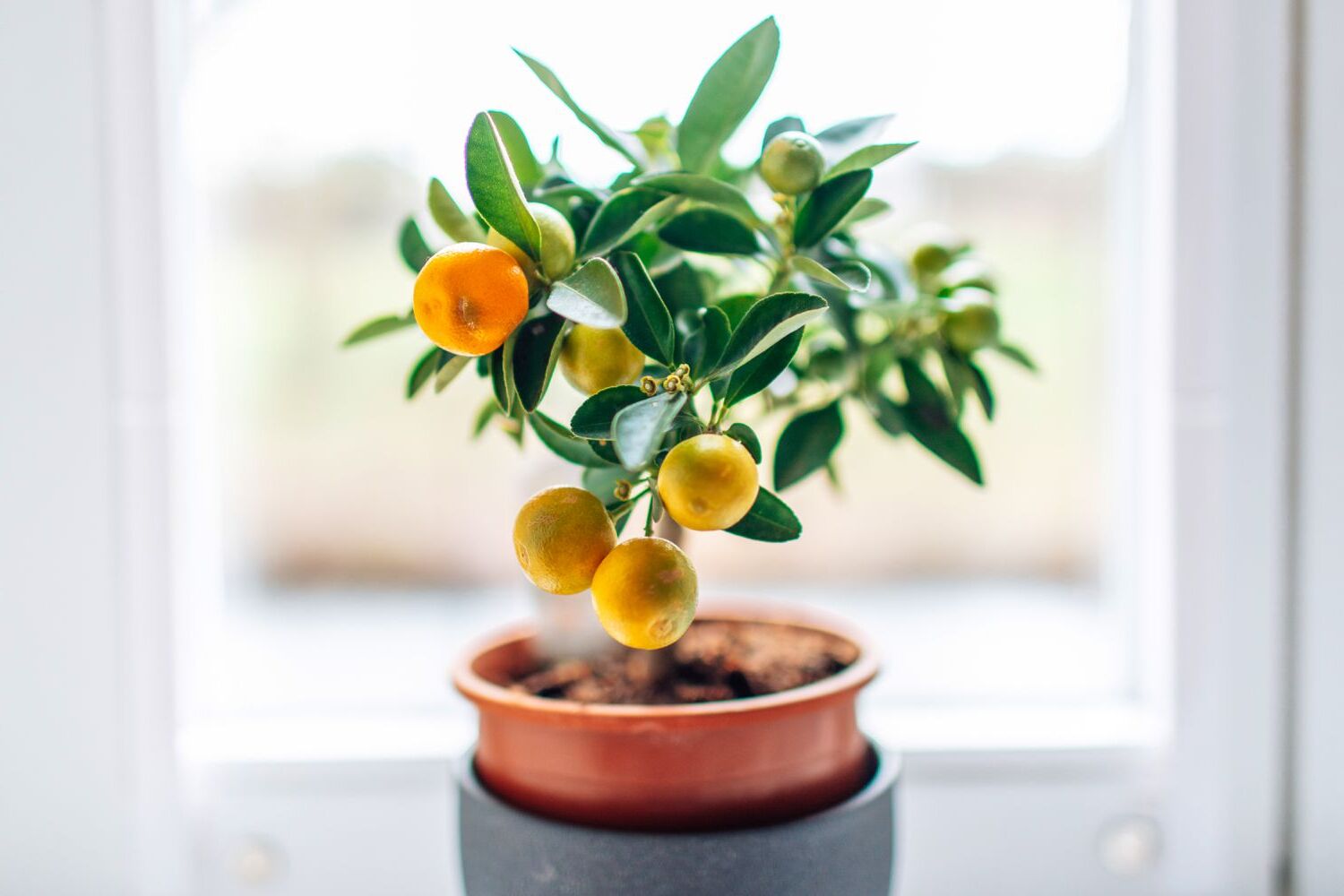

Ideas and Tips
Indoor Miniature Fruit Tree Care: Grow Citrus in Small Spaces
Published: September 4, 2024
Learn how to grow citrus trees indoors with our guide on miniature fruit tree care. Perfect for small spaces, enjoy fresh fruit year-round with minimal effort.
(Many of the links in this article redirect to a specific reviewed product. Your purchase of these products through affiliate links helps to generate commission for Storables.com, at no extra cost. Learn more)
Growing fruit trees indoors can be a rewarding and delicious hobby, especially when you have the right miniature varieties that thrive in small spaces. Citrus trees, such as lemons, limes, and kumquats, are excellent choices for indoor gardening because they are relatively small, produce fruit quickly, and can tolerate indoor conditions with proper care. In this article, we will delve into the world of indoor miniature fruit tree care, focusing on citrus trees and providing you with the essential tips and techniques to grow these delightful plants in your home.
Why Choose Indoor Miniature Fruit Trees?
Space Efficiency: Miniature fruit trees are perfect for small spaces, such as apartments or condos. They can be grown in pots that fit on a windowsill or even in a corner of your living room.
Year-Round Fruit Production: Unlike outdoor fruit trees, indoor miniature fruit trees can produce fruit year-round, providing you with a continuous supply of fresh citrus fruits.
Low Maintenance: These trees are relatively easy to care for and require less maintenance compared to their outdoor counterparts. They need less space to grow and can thrive with minimal pruning.
Versatility: Citrus trees come in various varieties, each with its unique characteristics and uses. For example, Meyer lemons are great for cooking and baking, while kumquats are perfect for snacking.
Choosing the Right Citrus Tree
When selecting a citrus tree for indoor growing, it's crucial to choose varieties that are specifically bred for container growing or dwarfing. Here are some popular options:
1. Meyer Lemon
Meyer lemons are one of the most popular dwarf citrus trees for indoor growing. They produce small, sweeter lemons that are less acidic than regular lemons. They require at least 8 hours of direct sunlight per day and should be kept moist but not waterlogged.
2. Kumquat
Kumquats are another excellent choice for indoor gardening. They produce small, round fruits that can be eaten whole, skin and all. They follow similar growth protocols as other indoor citrus plants and benefit from regular pruning to keep the produce coming in strong.
3. Dwarf Olive
While not strictly a citrus tree, dwarf olives are another popular option for indoor growing. They produce delicious black fruits and require well-drained soil and partial sunlight to thrive.
4. Lime
Lime trees, particularly dwarf varieties like Key limes or Fingerling limes, are also well-suited for indoor growing. They require similar conditions to Meyer lemons but can tolerate slightly lower light levels.
Preparing Your Pot
Before planting your miniature fruit tree, you need to prepare the pot. Here are some essential steps:
-
Choose the Right Pot: Select a pot that is at least a foot deep to accommodate the root system of your tree. Make sure the pot has drainage holes to prevent water buildup and root rot.
-
Use High-Quality Potting Soil: Fill your pot with high-quality potting soil that drains well and retains moisture. Avoid using regular garden soil as it can compact and prevent proper drainage.
-
Add Plant-Specific Fertilizer: Use a plant-specific fertilizer that is formulated for citrus trees. Follow the instructions on the label for application rates and frequency.
Lighting Requirements
Lighting is one of the most critical factors in growing indoor miniature fruit trees. Here’s what you need to know:
-
Direct Sunlight: Most fruit trees, including citrus, need at least six to eight hours of direct sunlight per day to produce fruit. A large, unobstructed southern- or western-facing window is ideal for potted fruit trees.
-
Grow Lights: If you don’t have enough natural light, consider using grow lights. These can provide the necessary spectrum and intensity for your tree to thrive.
-
Gradual Transition: If you plan to move your tree outside during the summer months, make sure to transition it gradually to avoid shocking the plant. Start by placing it in shade or partial shade for a few days before moving it to full sun.
Watering and Humidity
Proper watering and humidity levels are crucial for the health and productivity of your indoor miniature fruit tree.
-
Watering Schedule: Water your tree when the soil becomes dry on the surface. Make sure to saturate the potting mix thoroughly but avoid overwatering, which can lead to root rot.
-
Humidity Levels: Keep your home’s humidity around 50% for best results. You can use a humidifier if necessary, especially during dry winter months.
Pruning and Maintenance
Pruning and regular maintenance are essential for keeping your indoor miniature fruit tree healthy and productive.
-
Pruning: Prune your tree regularly to maintain its size and form while encouraging fruit production. Remove any dead or diseased branches and shape the tree to promote even growth.
-
Pest Control: Check your tree regularly for pests like mealybugs, spider mites, and scale. Use organic pest control methods whenever possible to avoid harming the environment.
-
Fertilization: Fertilize your tree regularly with a balanced fertilizer. Follow the instructions on the label for application rates and frequency.
Common Challenges and Solutions
Growing indoor miniature fruit trees can come with its set of challenges. Here are some common issues and their solutions:
-
Lack of Light: If your tree is not getting enough light, it may not produce fruit or may grow slowly. Consider using grow lights or moving it to a brighter location.
-
Overwatering: Overwatering can lead to root rot and other problems. Check the soil regularly and avoid watering if it feels moist.
-
Pests: Pests like mealybugs and spider mites can infest your tree and cause damage. Use organic pest control methods to keep them under control.
-
Diseases: Diseases like root rot and leaf spot can affect your tree if it is not properly cared for. Use fungicides and ensure good air circulation to prevent these issues.
When to Move Your Tree Outside
Once the danger of frost has passed in your area, you can move your indoor miniature fruit tree outside to enjoy the outdoors and beneficial insects that will pollinate them. Here’s how to do it:
-
Gradual Transition: Move your tree gradually from indoors to outdoors over a period of days or weeks to avoid shocking it. Start by placing it in shade or partial shade for a few days before moving it to full sun.
-
Hardening Off: Let your tree harden off for a few days before exposing it to full sun. This will help prevent leaf burn and other damage.
-
Check Frost Dates: Make sure to move your tree outside after the last frost date in your area to avoid damage from frost.
Conclusion
Growing indoor miniature fruit trees is a rewarding hobby that can provide you with fresh, delicious fruits year-round. By choosing the right variety, preparing the pot correctly, providing adequate lighting, watering properly, pruning regularly, and addressing common challenges, you can enjoy a bountiful harvest from your indoor citrus trees. Whether you choose Meyer lemons, kumquats, or dwarf olives, these trees are perfect for small spaces and can thrive with minimal maintenance. So why not give it a try? With these tips and techniques, you’ll be well on your way to becoming an expert in growing indoor miniature fruit trees.
Additional Resources
- Meyer Lemon Recipes: Try out these delicious recipes using Meyer lemons: Gingersnap-Meyer Lemon Meringue Tart, Seared Scallops with Meyer Lemon Beurre Blanc, Shaved Asparagus and Fennel Salad with Meyer Lemon Dressing, and Meyer Lemon Chicken Piccata.
- Olive Recipes: Enjoy these tasty olive recipes: Nan’s Grilled Mozzarella and Olive Sandwich, Grape Tomato, Olive, and Spinach Pasta, Marinated Olives, Olive Bread.
- Kumquat Recipes: Discover how to use kumquats in your cooking: What the Heck Is a Kumquat—and What Does It Taste Like?.
By following these guidelines and tips, you’ll be able to successfully grow your own indoor miniature fruit trees and enjoy a continuous supply of fresh citrus fruits all year round. Happy gardening
Was this page helpful?
At Storables.com, we guarantee accurate and reliable information. Our content, validated by Expert Board Contributors, is crafted following stringent Editorial Policies. We're committed to providing you with well-researched, expert-backed insights for all your informational needs.
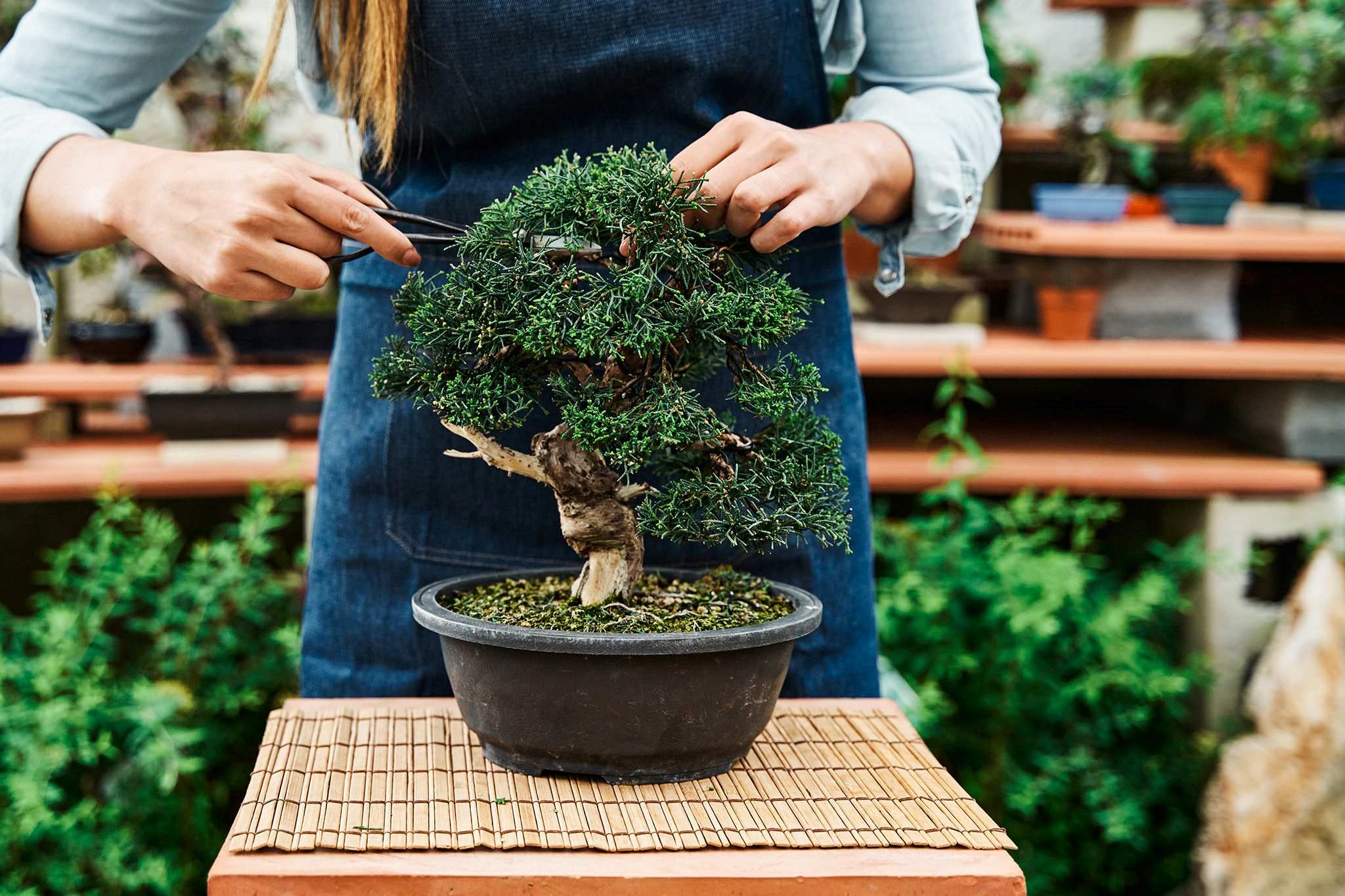
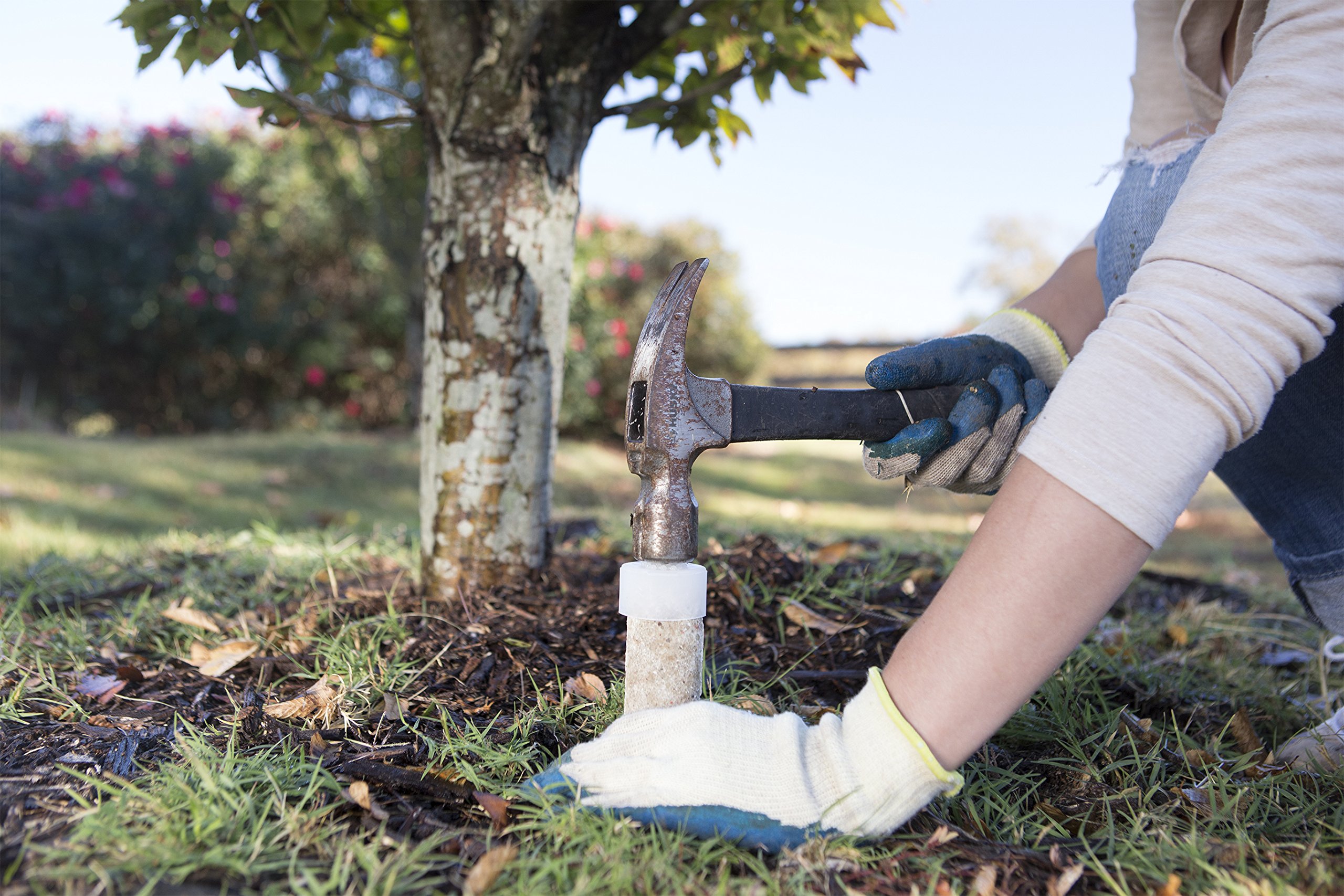
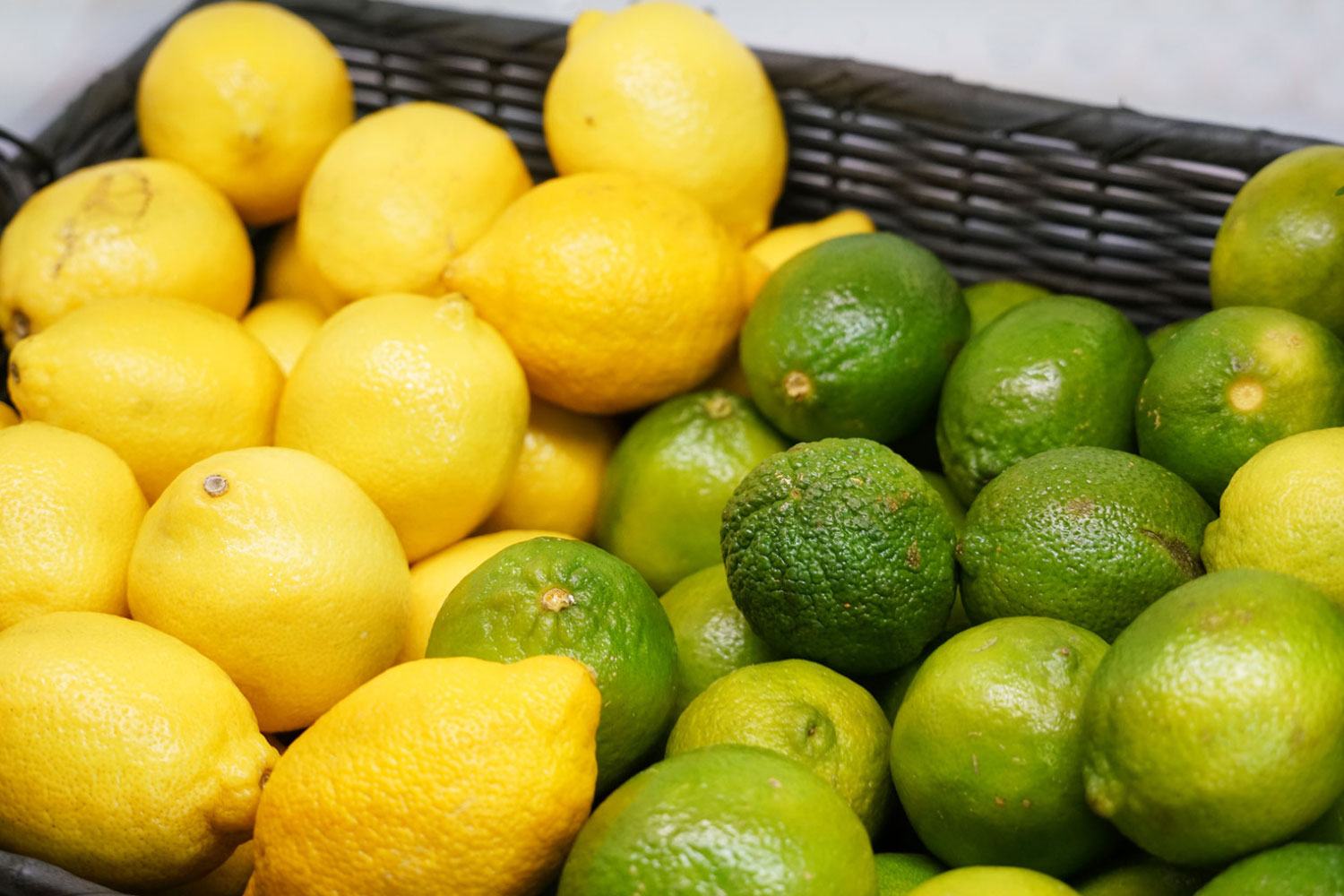
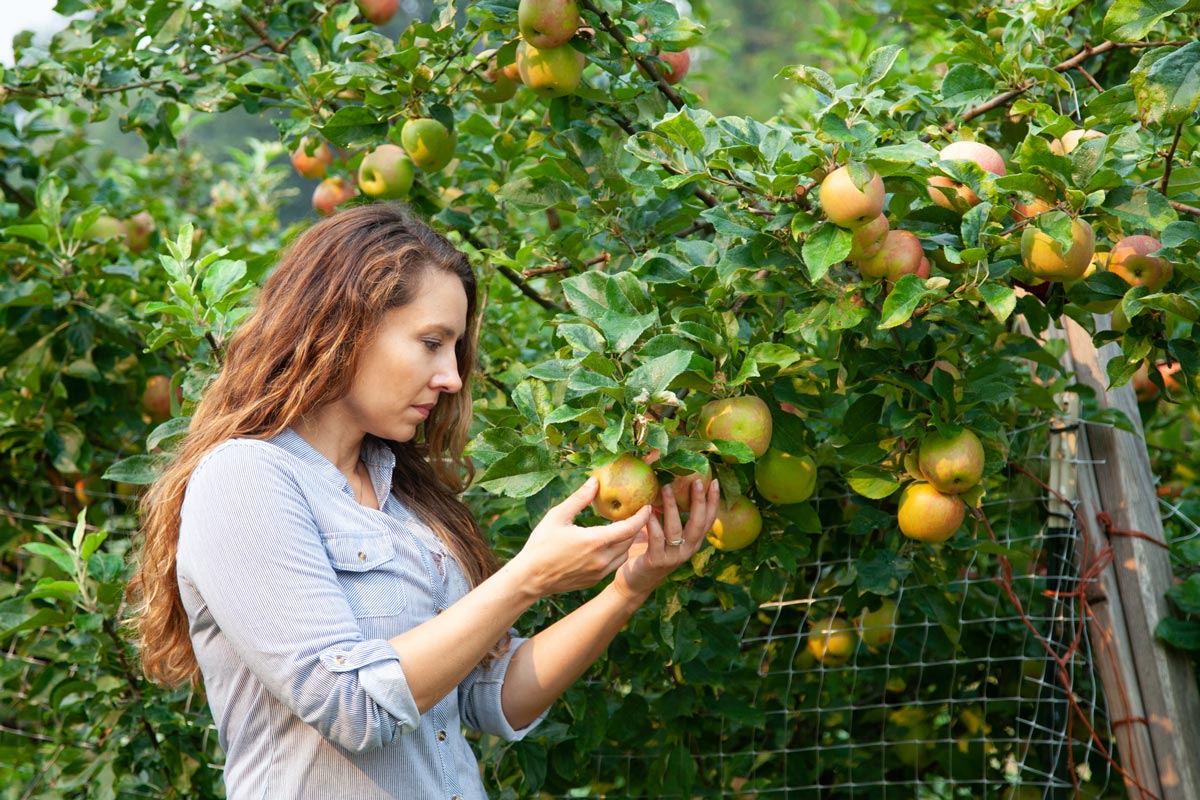
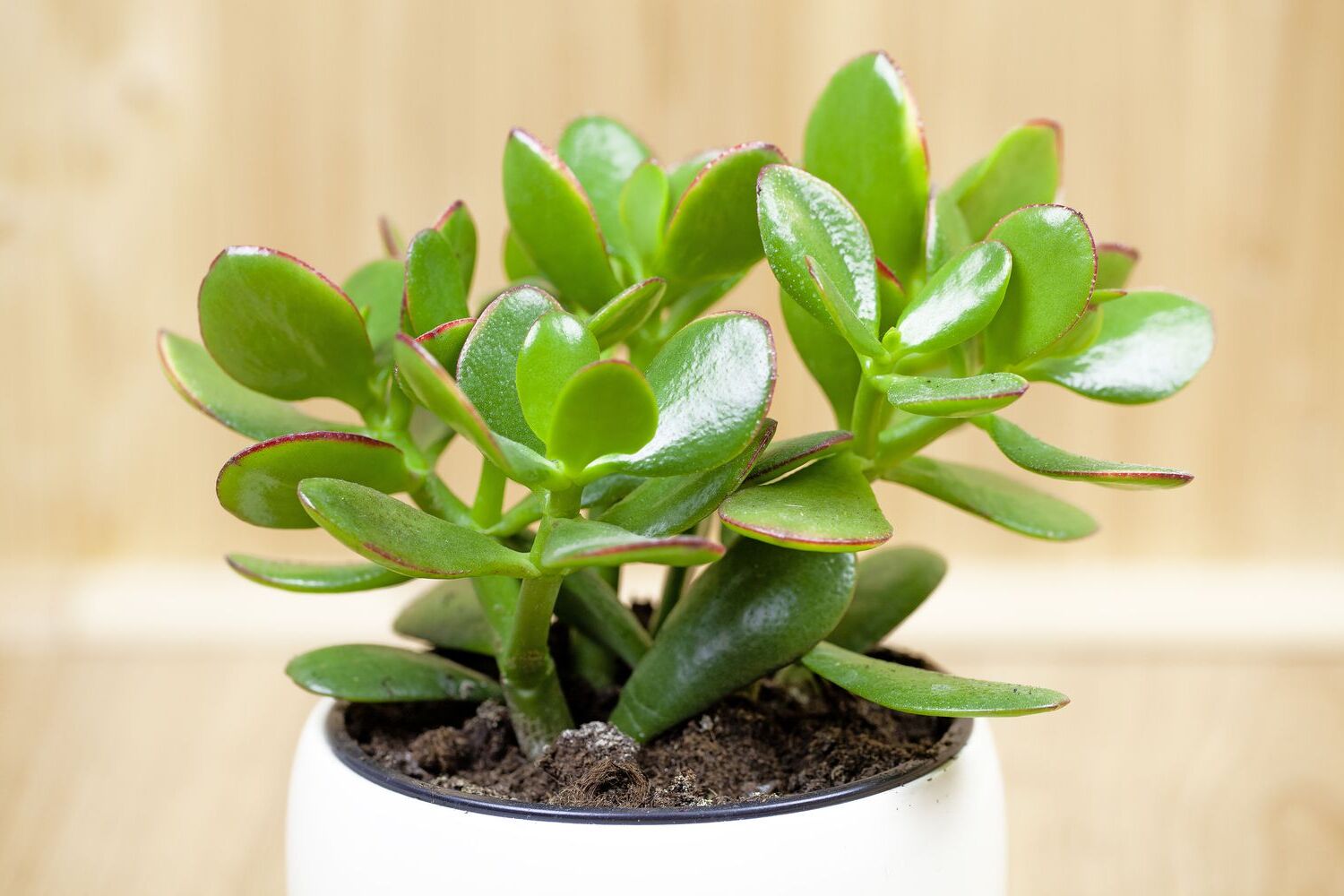
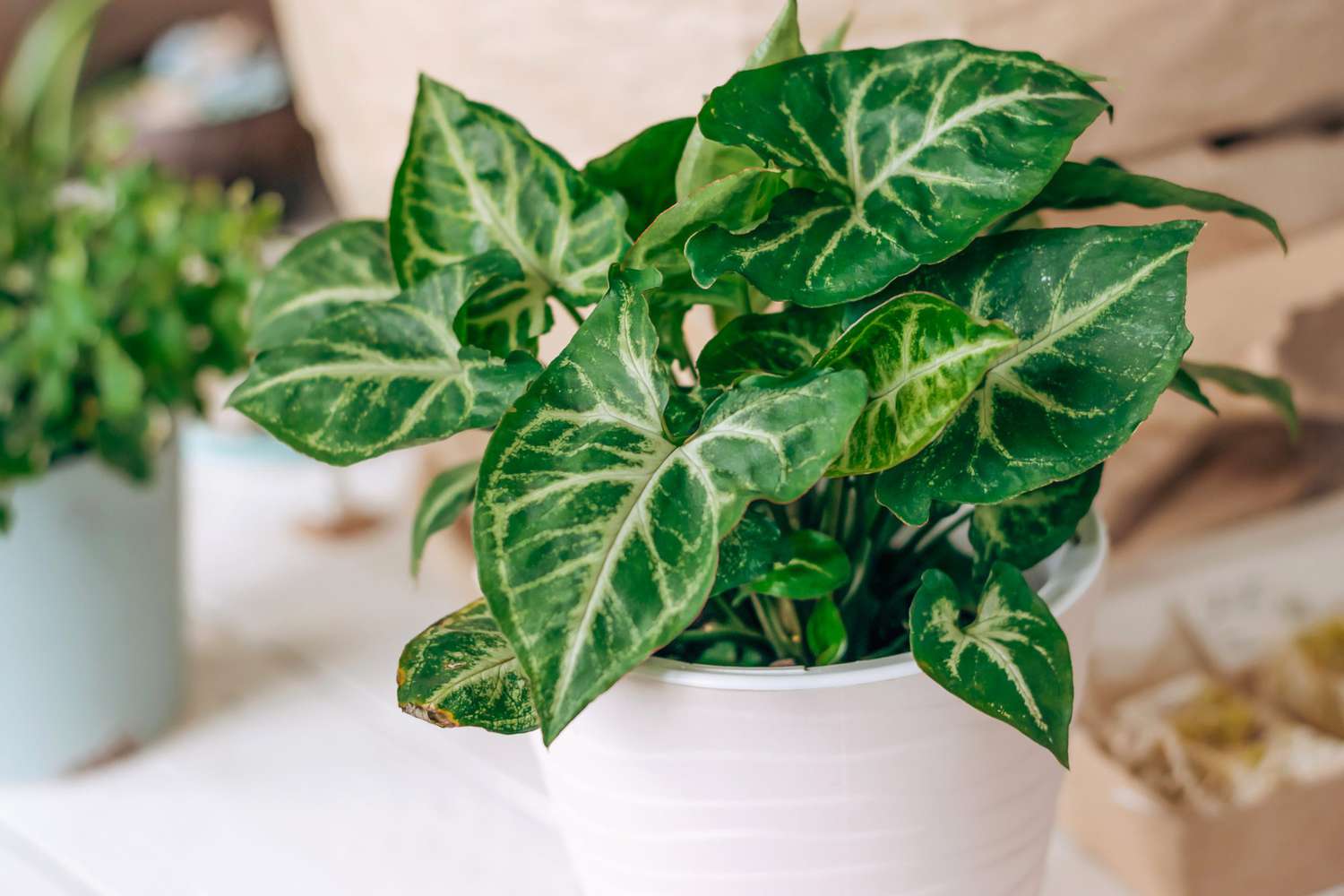
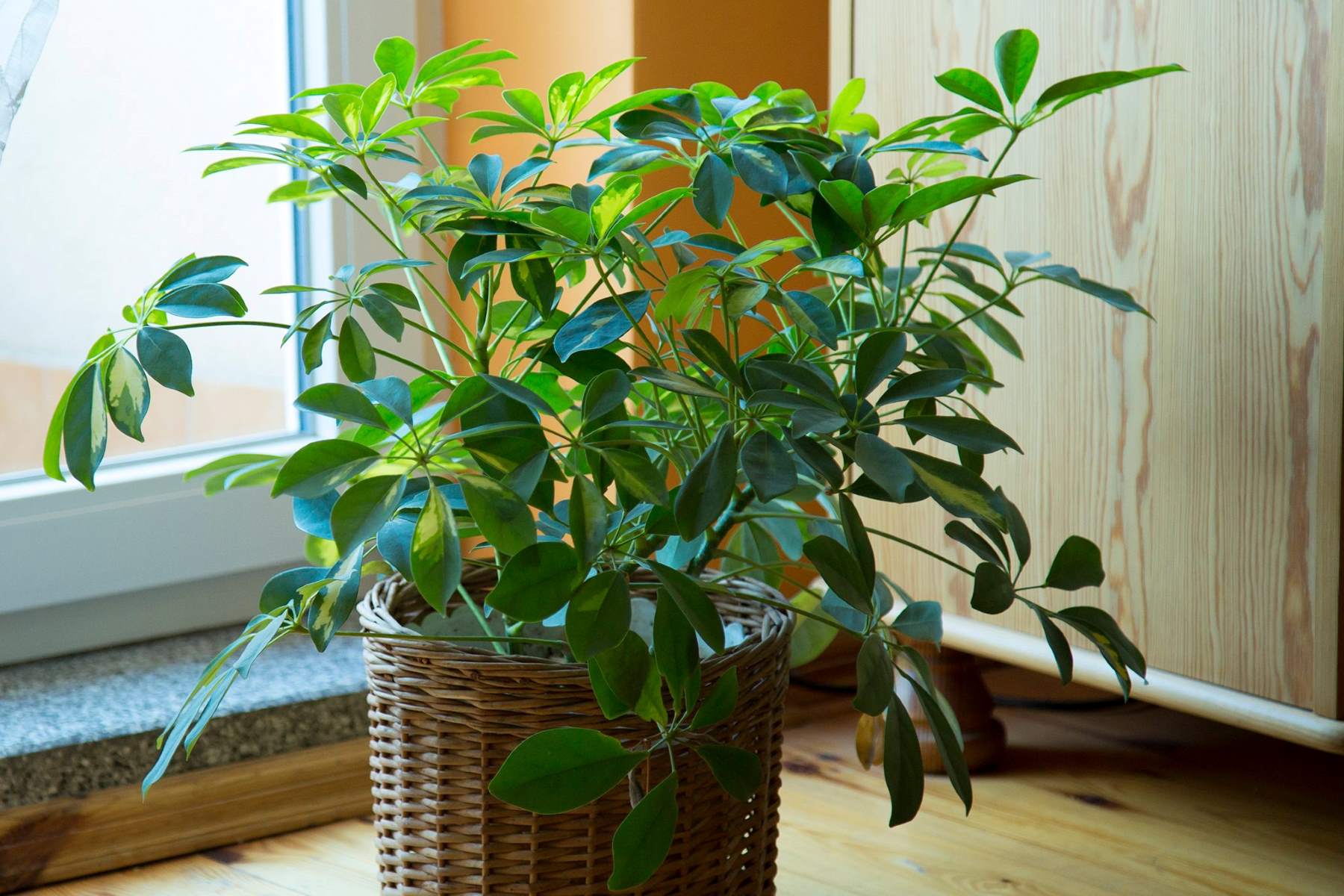
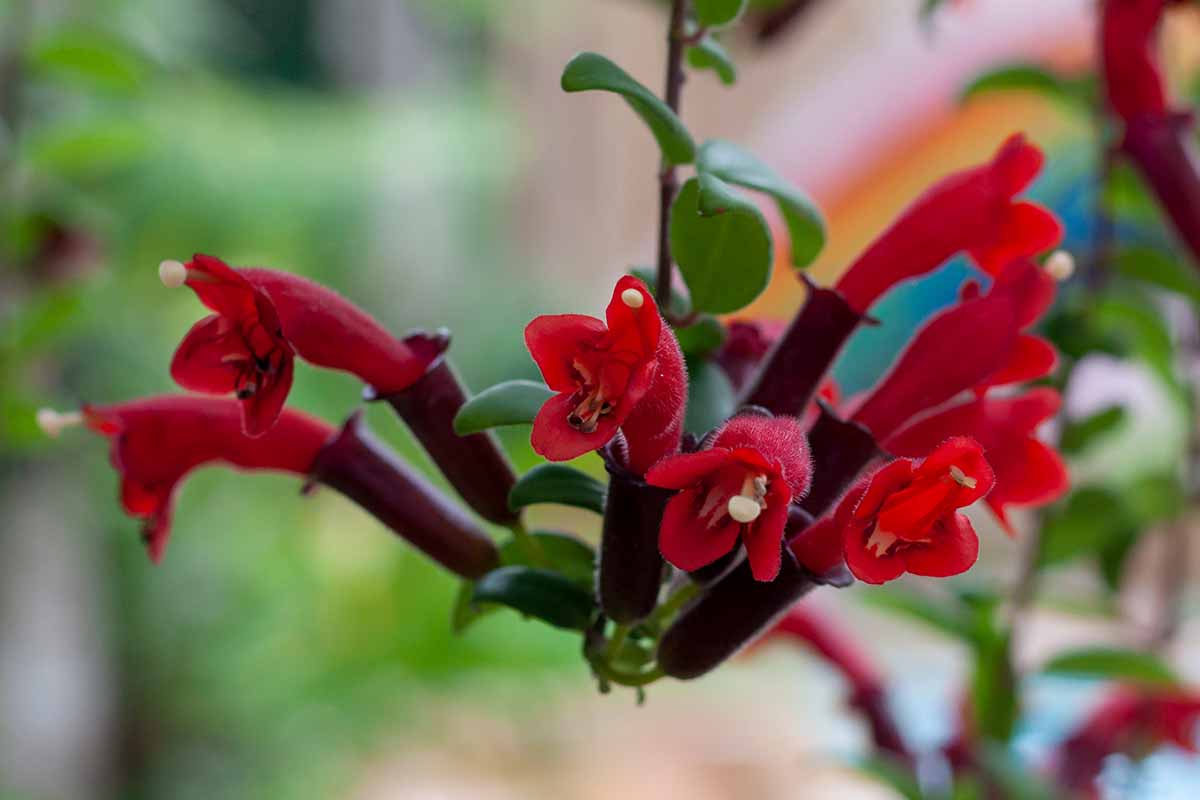
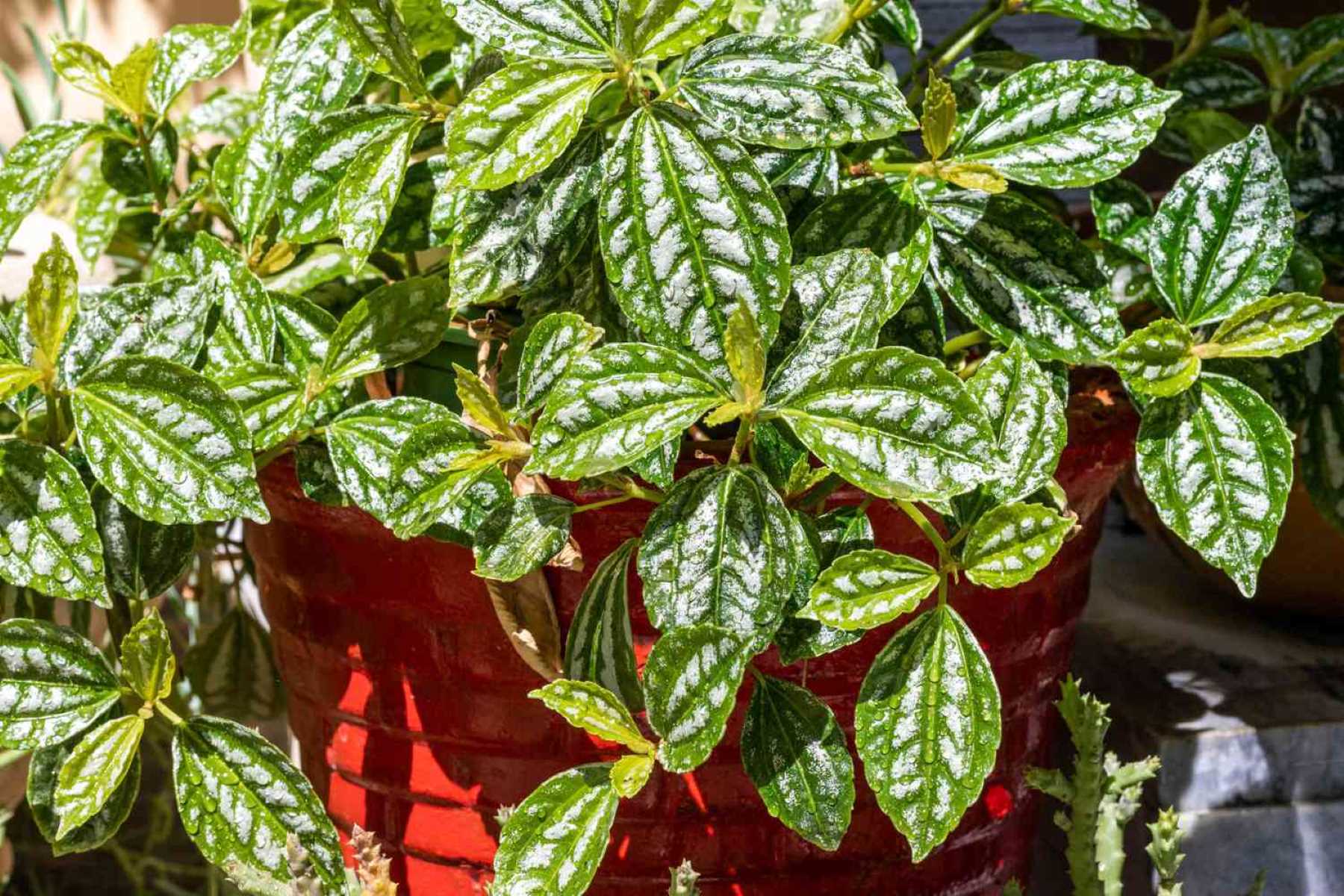
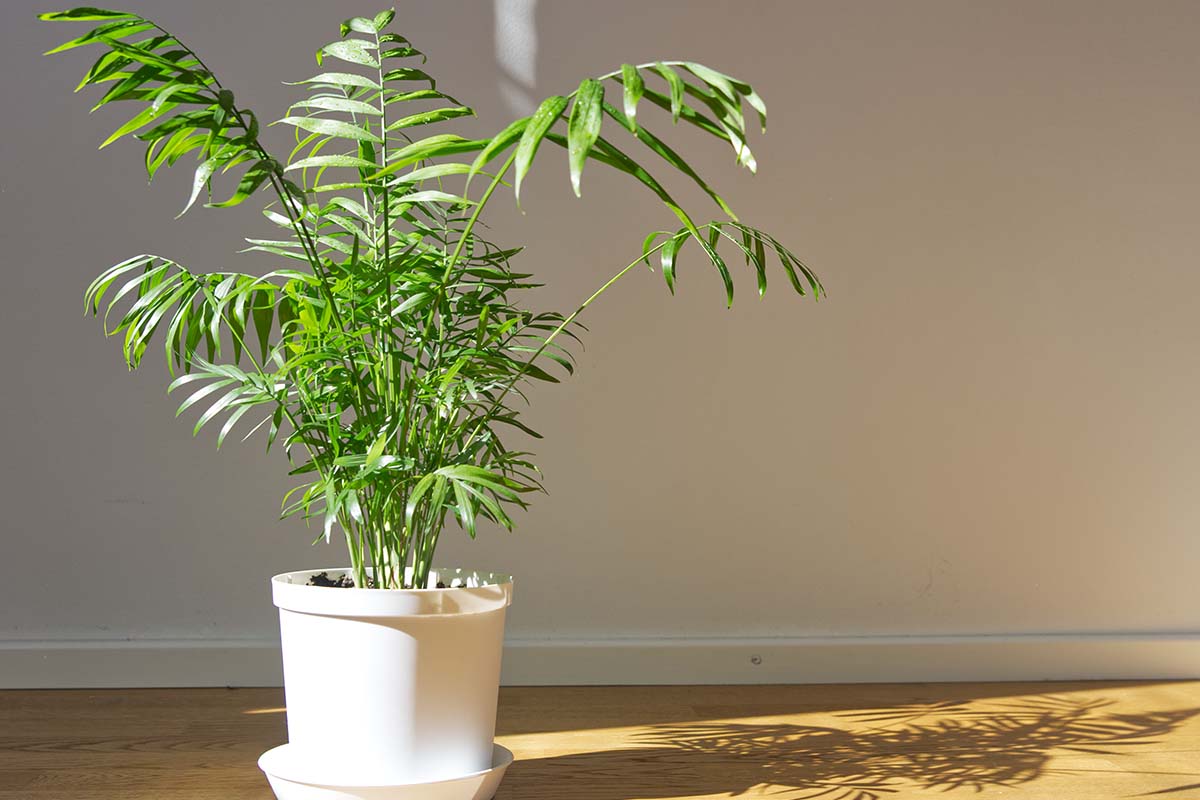
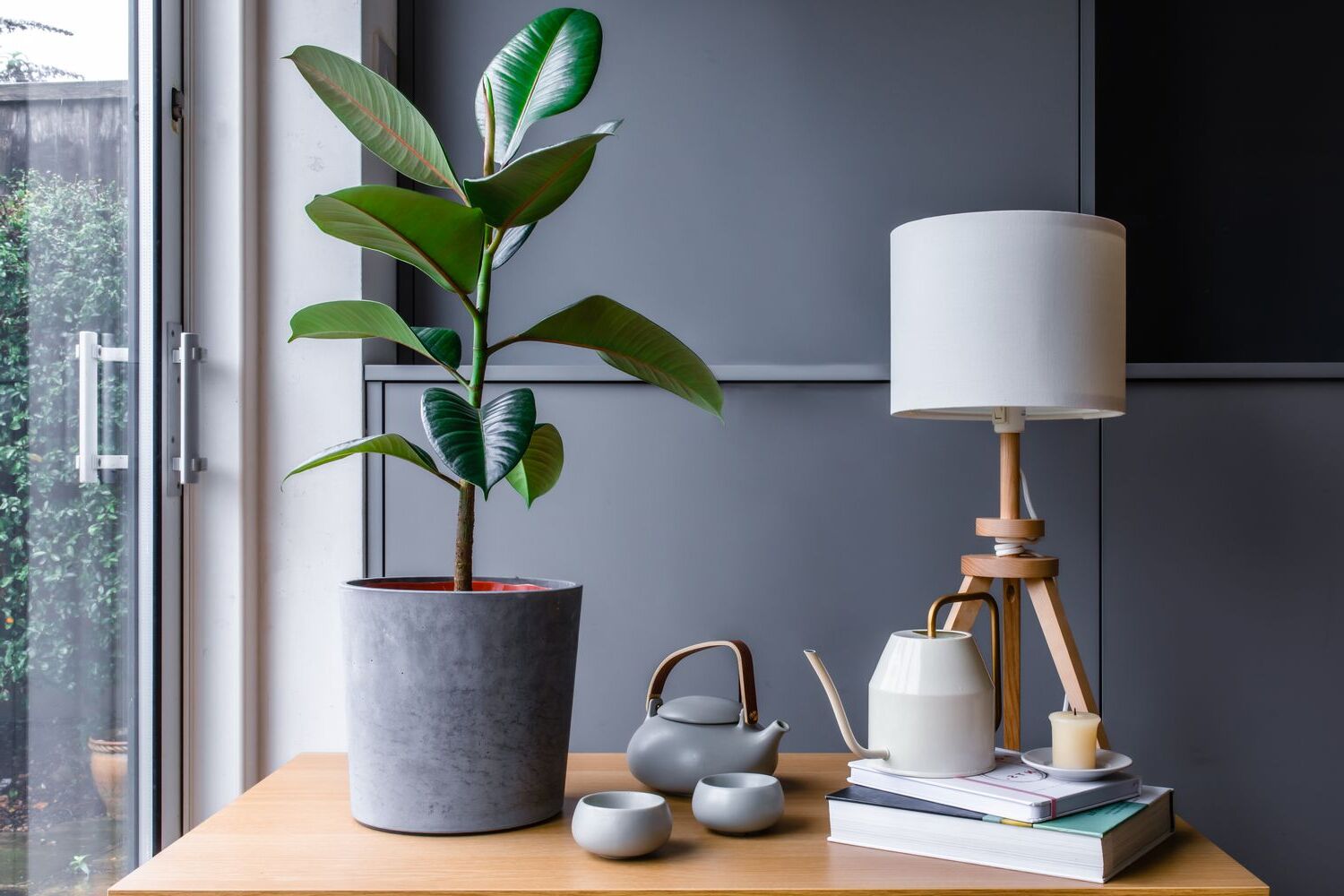
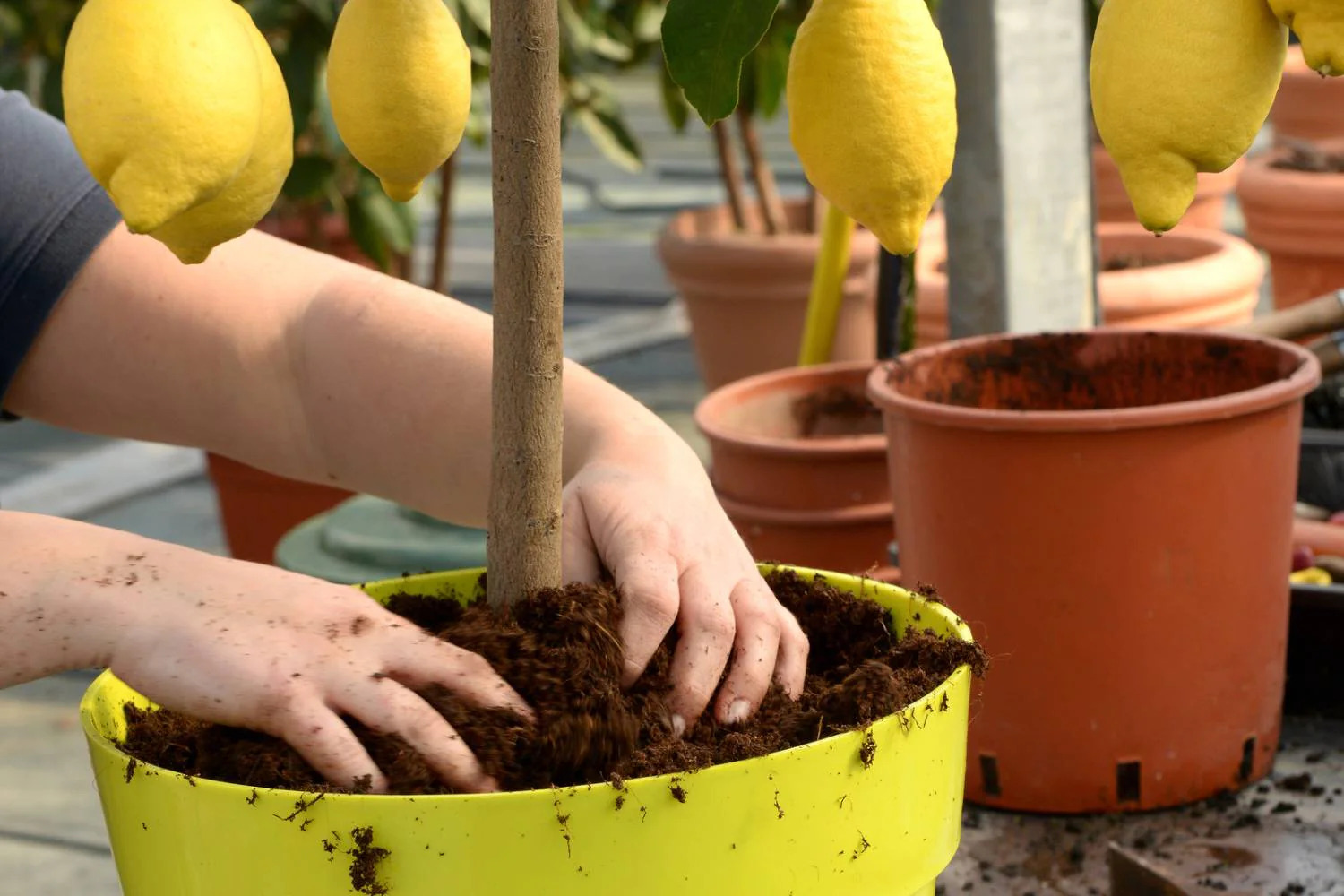

0 thoughts on “Indoor Miniature Fruit Tree Care: Grow Citrus in Small Spaces”